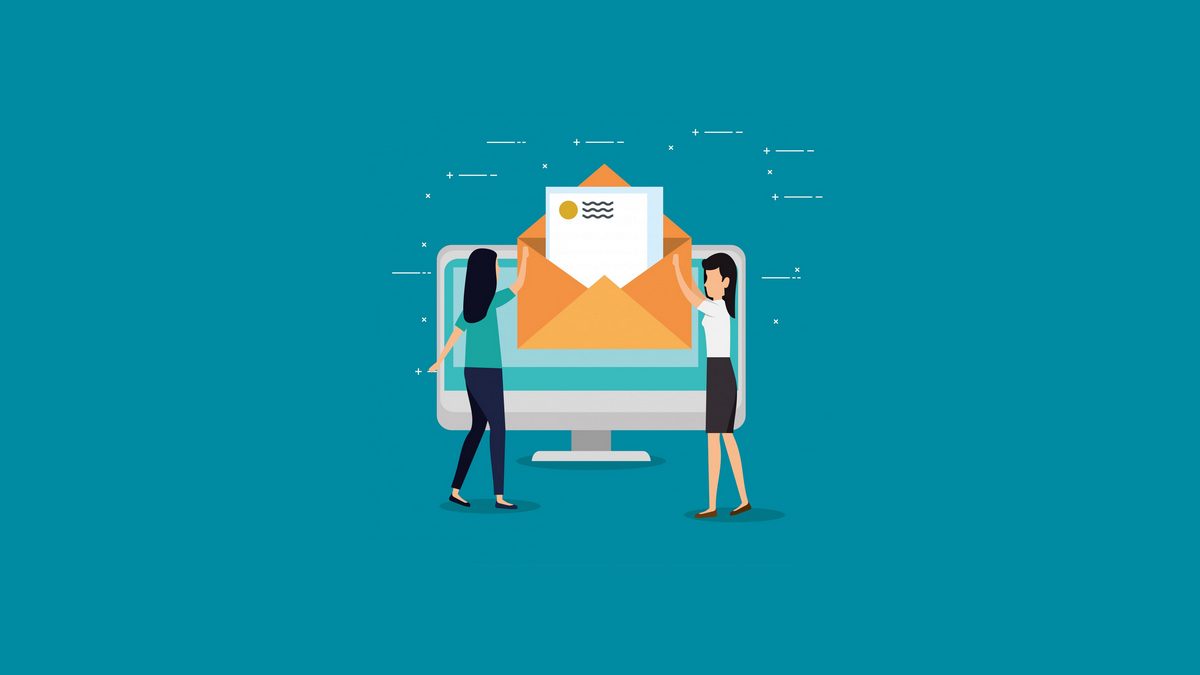Table of Contents
Introduction
Set the stage by showing how email remains one of the most powerful marketing channels, but customer expectations have evolved beyond static or cookie-cutter templates. Generative AI is emerging as the game-changer, enabling email design services to deliver personalized, visually rich, and brand-aligned templates at scale. The introduction should highlight the opportunity for brands: faster production, deeper personalization, and better campaign performance, all while retaining the creative edge of human designers.
Why “One-Size-Fits-All” Email Design No Longer Works
Generic email templates don’t cut it anymore. Today’s customers are quick to ignore anything that looks bland or copy-pasted. Think about opening your inbox—would you click on a plain newsletter that looks the same as every other brand’s? Probably not. Attention spans are shrinking, and people expect visuals, tone, and offers that feel made for them. For example, a fashion brand can’t send the same layout to a teenager and a working professional—their styles and needs are worlds apart. AI-powered custom email template design services solve this by creating on-brand, visually rich, and tailored templates at scale. Instead of one-size-fits-all, brands now deliver personalized experiences that stand out in the crowded inbox.
How Generative AI is Fueling Creative Email Templates
Generative AI is transforming how email templates are designed, making the process faster and more creative than ever. Just like AI tools that create ads or social posts, these systems can now build email layouts, suggest images, and generate multiple branded variations in minutes. For example, instead of manually designing a holiday campaign, AI can instantly produce several on-brand options—complete with colors, fonts, and visuals that match a company’s style. This means marketers spend less time on repetitive design work and more time focusing on strategy. The big win is scale: brands can test different looks, personalize messages, and launch campaigns faster, all while keeping emails polished, professional, and tailored to their audience.
Blending Human Creativity with Machine Precision
AI can generate endless email design options, but it’s human creativity that makes them truly connect. While generative tools handle layouts, colors, and variations that align with brand rules, designers add the emotional layer—choosing the right story, tone, and cultural context. For example, AI might suggest three template versions for a product launch, but a human decides which version feels exciting rather than robotic. This teamwork ensures emails don’t just look good, but also spark emotion and trust. Without human input, templates risk feeling generic or tone-deaf. Together, machine precision and human insight create bespoke email designs that are both efficient and authentic, giving brands the best of both worlds.
Personalization at Scale: From Subject Lines to Visuals
Personalization in email is no longer limited to adding a first name in the subject line—AI is taking it much further. Generative tools can now create emails that adapt to each customer’s behavior and preferences. For example, an online bookstore can send one reader a template featuring thriller recommendations, while another sees romance novels, all within the same campaign. Visuals can change too—a travel brand might show beach getaways to one person and mountain adventures to another. Even product grids can be rearranged based on browsing or purchase history. By scaling this level of customization, AI-powered services help brands deliver emails that feel one-on-one, making customers more likely to open, click, and buy.
Optimizing Through Data-Driven Design Iterations
AI-driven email design doesn’t end once a template is created—it keeps learning and improving. Services use real-time performance data, like open rates and clicks, to understand what works and what doesn’t. For example, if version A of an email gets more clicks than version B, AI can highlight which subject line, layout, or image made the difference. Predictive analytics take it a step further by forecasting what designs will resonate with future audiences. Adaptive design tools then adjust templates automatically, ensuring each new campaign is smarter than the last. This cycle of testing, analyzing, and refining means brands don’t just send emails—they send evolving, data-backed experiences that perform better over time.
The Future: AI-Powered Design Services as Strategic Partners
AI-powered email design services are no longer just tools that generate templates—they’re becoming strategic partners for brands. Instead of focusing only on execution, these services now help businesses build scalable creative systems that adapt to market shifts and customer needs. By cutting production costs, speeding up campaign launches, and enabling personalization at scale, they provide more than design—they deliver competitive advantage. Forward-looking companies see them as long-term collaborators, shaping not just individual campaigns but the entire email marketing roadmap. This evolution means brands can move faster, stay more relevant, and continuously innovate, making AI-enhanced custom email design a cornerstone of future marketing success.
Conclusion
By reinforcing that AI-enhanced email design isn’t about replacing human creativity—it’s about amplifying it. With generative tools, services can produce tailored templates that engage audiences on a deeper level, while human expertise ensures those designs remain authentic and emotionally resonant. The future of bespoke email templates lies in this balance, where AI delivers scale and efficiency, and humans add the spark of storytelling that truly connects.

